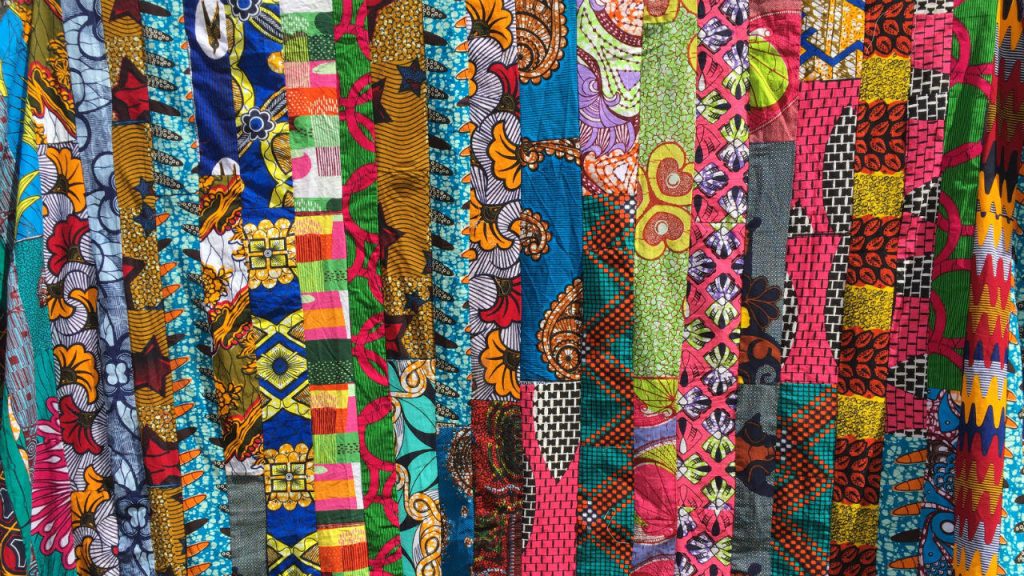
Threads of Revival: Africa’s Textile Industry Reimagines Its Future
In a workshop in Dakar, a group of women painstakingly embroider fabrics with intricate Wolof patterns, each stitch a nod to their heritage. In Lagos, tailors piece together Ankara designs destined for a high-profile fashion week. These scenes, brimming with creativity and history, are part of a quiet but significant revival of Africa’s textile industry—a sector long overlooked, now poised for a renaissance.
The global appeal of African textiles has always been undeniable. Kente from Ghana, bogolan from Mali, and the bold colors of South African shweshwe fabrics have captivated collectors and designers alike. Yet, walking through local markets today, one can’t help but notice the dominance of imported fabrics or secondhand clothes from Europe. The paradox is striking: a continent with such rich textile traditions has struggled to sustain its own industry.
For years, the odds seemed stacked against local producers. Cheap imports flooded markets, undercutting prices, while counterfeit versions of traditional designs diminished the value of authentic craftsmanship. In countries like Nigeria, once a textile powerhouse, factory closures became the norm. Between the 1990s and early 2000s, the sector shrank dramatically, shedding jobs and eroding the economic base of entire communities.
But something feels different now. In recent years, there’s been a noticeable shift—an awakening, perhaps. Regional initiatives like the African Continental Free Trade Area (AfCFTA) are encouraging cross-border collaboration, aiming to rebuild supply chains that were once fragmented by colonial trade patterns. Ethiopia has emerged as a hub, with its industrial parks drawing global brands. Yet, there’s a lingering unease. Are these parks truly for Africa, or are they just convenient outposts for international corporations? Export-oriented growth may bring revenue, but it risks sidelining local markets that are equally crucial.
Where things get more exciting, in my view, is at the intersection of heritage and innovation. Designers like Thebe Magugu in South Africa are rewriting the narrative. His collections, deeply rooted in Tswana culture, have achieved global recognition, even winning the prestigious LVMH Prize. It’s a reminder that African textiles are not just commodities—they’re carriers of stories, identity, and history.
At the grassroots level, cooperatives and startups are pushing boundaries. In Kenya, Tosheka Textiles is experimenting with organic materials, while in Ghana, DTRT Apparel is merging local production with eco-conscious practices. These initiatives are small in scale, but they symbolize a larger movement—a determination to reclaim Africa’s place in the global textile narrative.
Still, the challenges are daunting. Intellectual property theft remains rampant, with traditional designs frequently appropriated without acknowledgment. Policymakers must step up, not only to protect artisans but also to foster environments where they can thrive. Infrastructure remains another Achilles’ heel—how can rural weavers compete when transporting their goods is both slow and expensive?
There’s a deeper question here: how much of this revival depends on Africans themselves? If the continent’s textile industry is to flourish, there needs to be a cultural shift. Valuing and buying local designs shouldn’t be seen as an act of charity but as a celebration of identity. After all, as one Ghanaian artisan told me, “Every thread carries a piece of who we are.”
Africa’s textile story is one of resilience and reinvention. The road ahead won’t be easy, but the growing interest in its fabrics—both at home and abroad—suggests a promising future. To me, the revival of this industry is not just about economics; it’s about reclaiming a narrative that was never truly lost but merely waiting to be rediscovered.